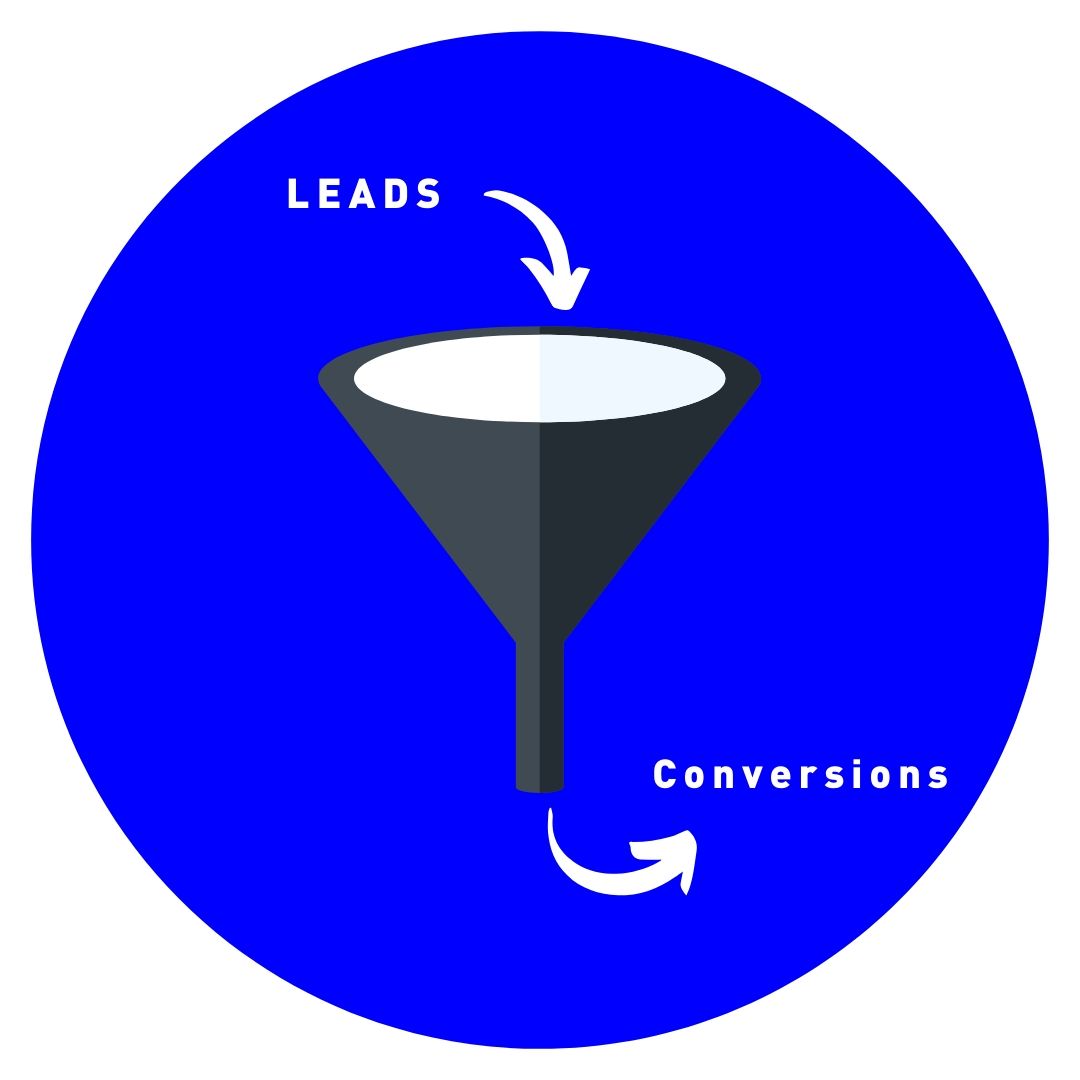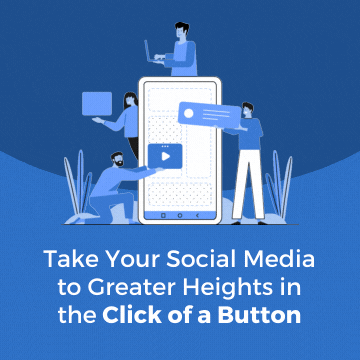Funnels have been used to represent a customer’s journey for decades. They were designed to give marketing professionals like us a more in-depth glance at what needed to be done to prioritize the segments of our buyers’ journey that needed work.
The funnel had flaws, though. Which I will explain. First, though, we have to understand how the funnel works.
The top of the funnel is, as we call it, “the awareness stage” and this is generally when your audience becomes aware of your existence. Whether this is through advertising, social media or organic search the results are, in most ways, the same.
The next stage is “consideration” where a buyer is putting lots of time and thought into whether or not they need to make a purchase of your services and your products.
And the last stage is the conversion stage, where the fewest people make it through the funnel to actually make a purchase.
The wider the funnel at the top, the more leads to filter through, which eventually means more conversions.
The funnel can be helpful in a lot of ways. For instance: by carefully mapping out each step and assigning it to a segment in the funnel, marketers can find out exactly where potential customers are cutting their journey short. They can also improve upon the content they’re providing at certain stages to help with the problem and encourage more leads to find their way to the bottom of the funnel.

But then there are lots of funnel-flaws that can’t be ignored.
Though funnels are useful and helpful as far as the marketing game goes, our practices have shifted considerably. The way people go about making certain purchases and decisions is entirely different, which means our marketing practices must shift as well. Not only for improved accuracy as far as finding out how to reach people and what they need, but also for the data side of the equation.
Our notorious friend the funnel has several major issues.
One, the linear approach that the funnel takes to marketing is a major weakness. It’s difficult to measure growth and even more difficult to see any improvement looking in from the outside. And this is because, with a funnel, you’re losing lots and lots of momentum every single day. Which brings us to the next major issue:
All the work you put into bringing leads into the funnel is lost when they leave the bottom or drop off in the middle. You aren’t gaining anything from your labors and you’re not ever going to get ahead with a funnel.
So what can you do about it?
Enter the inbound flywheel method.
The Basics of the Flywheel
The flywheel was created by Hubspot’s own Brian Halligan. It was designed with the original flywheel in mind, which was invented by James Watt.
The basic function of a flywheel is that it leverages its momentum so that it will continue spinning, slowing only when there is friction.
This is why when creating a flywheel marketing methodology, our biggest goal is to reduce the amount of friction in the attraction, engagement and sales process as much as possible.
Today, however, we’re going to be focusing on just one aspect of the funnel as it relates to social media: The attraction stage.
The Attraction Stage
Ever been shopping and get annoyed with the salespeople on the floor? Maybe they’re being too nosy or too pushy or perhaps just being rude.
Maybe the last time you were on their website it was difficult to navigate. And when you see their ads on social, they don’t make sense.
On top of that, your best friend Miguel just went shopping over there last week and he said his experience was awful.
This all plays into the attraction stage of the Flywheel. Your success as a company relies on customers. Whether you sell digital products or cake in a shop, your customers are your future.
So why don’t we put more time into making sure we’re attracting the right people with the right things so that when they share their thoughts on your business, it’s not turning other potential customers against you.
On social media, this can translate into two things.
Eliminating the barriers that customers have is a huge piece of the puzzle. You want to be able to provide them with useful answers, relevant information, and the tools they need to succeed.
You can attract your potential customers with this type of thing, and keep them interested by continuing to take an interest in their problems and the obstacles they’re facing and fixing them.
HELPFUL HINT: You can monitor conversations on social media with a social listening tool and find out more about what your customers want and need from your business on social media.
Sharing information about the industry isn’t the only thing people want from you. They also want to feel involved and want to be connected. People crave connection. They want to be heard, understood, helped and engaged on a multitude of levels. And using social media to achieve this can be incredibly powerful.
For instance: live feed tours of your business office, exclusive interviews with the CEO, lots of informative blogs and bite-size information that can be easily shared on social media.
These are all things you can use and echo on social to attract potential customers. Things that will help them feel like they’re a part of something much bigger and much better than just a piece of a puzzle.
The Attraction Stage on Social: Best Practices
The initial attraction is of vital importance because it will paint the way your customers are going to view you from now forward. This means that your online reputation, as well as the way you present yourself online, (from posts and images to videos) plays a huge role in the attraction stage.
P.S Check out this article about protecting your online reputation.
- Thinking like your customers is also vitally important. You need to know where they are most likely to go with questions and take advantage of it. Think about what they might need and be proactive about providing it. What are they looking for in a brand or business?
- STOP focusing on selling to your customers and start focusing on delighting them from the very beginning of the process. Give them a reason to WANT to move into the next phase. Fascinate them, interact with them and show them what you can do if they decide to engage.
- Make your brand visually appealing by using eye-catching colors and images. We live in an era when visuals are everything. Give your audience a taste of what they’re missing by showing them what you can do through their social media.
- And lastly, have a social media presence where it truly matters. This means if your audience is on Twitter, you best be on Twitter. If they’re on Instagram and Facebook, its time to step up your Facebook advertising and organic marketing game.
If you want to attract specific kinds of people, you have to put yourself in their shoes. Be the answer that your customers are looking for and make sure you can easily be found.
If you don’t have a social media presence, how do you expect potential customers to find you and interact with your brand?
We can help you take control of your online presence and would love to chat with you. Shoot us a message!
Do you have insight into the attraction stage when it comes to social media? We want to hear YOUR feedback in the comments.











Your Comments :